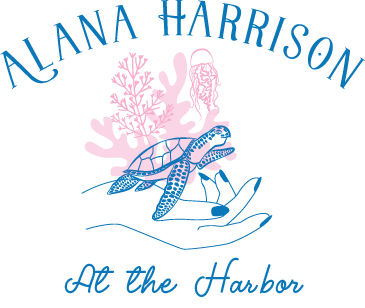Fisheries located 3 – 200 miles off the United States Coast are managed by National Marine Fisheries Service under National Oceanic Atmospheric Administration which is housed in the Department of Commerce. Federal fisheries management is governed by the Magnuson-Stevens Fishery Conservation and Management Act passed by Congress in 1976 and reauthorized in 2007.
Through the Magnuson-Stevens Act, Congress established eight regional fishery management councils across the country to manage fisheries within U.S. federal waters. North Carolina falls into the jurisdiction of the South Atlantic Council and Mid-Atlantic Council. The regional council system gives fishery managers the opportunity to use local input to develop management strategies appropriate for each region’s unique fisheries. The decisions made by councils are not final law until they are approved or partially approved by the Secretary of Commerce through National Marine Fisheries Service. Let’s break the organization down further.

The Councils each have an office in their jurisdiction, these offices house staff such as fishery management specialists who are in charge of species specific management plans. The actual “council” are voting and non-voting members representing user-groups in that jurisdiction such as a commercial fisherman from Hatteras, North Carolina or recreational fisherman from Key West, Florida. Appointed members serve three-year terms and are appointed by the Secretary of Commerce from lists of nominees submitted by the governors of each state. Appointees are limited to 3 consecutive terms.
Council meetings are open to the public and before final action on any proposed rule change is taken, the Council involves the public through informal public scoping meetings, public hearings, and public comment at Council meetings. Proposed rule changes are then sent to National Marine Fisheries Service for further review, public comment, and consideration by the Secretary of Commerce before being approved and implemented.
In addition to council members and staff, the Council receives input from knowledgeable members of the public who serve on various committees and panels. These include Advisory Panels, the Scientific & Statistical Committee, and the Socio-Economic Panel. Members of the Council serve on species specific working committees and members of other councils act as liaison for example, a council person from the Mid-Atlantic and Gulf-of-Mexico sit on the Snapper-Grouper Committee. But no council members sit on Advisory Panels – these are comprised of stakeholders to provide recommendations to the Council.

South Atlantic Fishery Management Council
The South Atlantic Fishery Management Council is in charge of managing fisheries in federal waters off the coasts of North Carolina, South Carolina, Georgia, and east Florida to Key West.
The South Atlantic Council works jointly with the Gulf of Mexico Fishery Management Council, Mid-Atlantic Fishery Management Council, New England Fishery Management Council, and the Atlantic States Marine Fisheries Commission to address management needs across jurisdictional boundaries.
The South Atlantic Council currently manages eight fisheries: coastal migratory pelagics (mackerel & cobia); coral and live bottom habitat; dolphin and wahoo; golden crab; Sargassum; shrimp; snapper grouper; and spiny lobster. This encompasses over 64 species of finfish, crustaceans, and corals!
The South Atlantic Council meets four times each year, once in each of the southeastern states – North Carolina, South Carolina, Georgia, and East Side of Florida (West side is the Gulf of Mexico).
Mid-Atlantic Fishery Management Council
The Mid-Atlantic Council is headquartered in Dover, Delaware and management authority extends from three to 200 miles off the coasts of New York, New Jersey, Pennsylvania, Delaware, Maryland, and Virginia. Although the Mid-Atlantic Council includes voting members from North Carolina, the South Atlantic Council has primary management authority over federal waters off the coast of North Carolina.
The Mid-Atlantic Council manages seven fisheries: Summer Flounder, Scup, and Black Sea Bass; Mackerel (Atlantic and chub), Squid (longfin and Illex), and Butterfish; Atlantic Surfclams and Ocean Quahogs; Atlantic Bluefish; Golden and Blueline Tilefish; Spiny Dogfish; and Monkfish. This encompasses over 65 species!
The Mid-Atlantic Council’s management authority extends from three to 200 miles off the coasts of New York, New Jersey, Pennsylvania, Delaware, Maryland, and Virginia. Although the Mid-Atlantic Council includes voting members from North Carolina, the South Atlantic Council has primary management authority over federal waters off the coast of North Carolina.
The Mid-Atlantic Council meets six times each year, alternating meeting sites within member states, most meetings occur over 2-4 days. All meetings are open to the public, except for sessions in which the Council deals with personnel and litigation issues.

